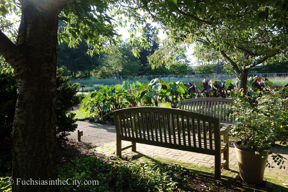They're big. They're beautiful. They're elephant ears!
Monday, October 07, 2013
Tropical elephant ears, mostly Colocasia esculenta, lives up to its name. Its leaves are indeed big and floppy like a pachyderm’s ears—positively brobdingnagian sometimes—and corms from some kinds produce a clump that could probably cover the entire length and breadth of the garden here at Fuchsias in the City. In fact, one almost did once. I don’t quite know how I thought that gigantic leaves would be a good match for my small urban garden. Oh, heck, you know gardeners, though, always wanting what they can’t quite have. Or maybe what they shouldn’t quite have. “Hello, elephant ears, it’s been a while…” Seduced perhaps by a come-hither wink from the box at the nursery, and with delusions of a magnificent tropical paradise filling my head, I brought one home and stuck it in a planter, a large planter to be sure, and waited for the memories of its magnificence to unfurl. I figured I could always move the arrangement around to the find the perfect spot. Ordinarily that tactic might work, but in a garden that maxes out at about forty feet by fifteen, finding that perfect spot for such an exuberance and keeping the rest of anything as well, mostly involves wishful thinking. My rekindled flame lasted about three weeks before I had to admit my infatuation was possibly turning out to be a big mistake and I forlornly carted the elephant, ears and all, off to find refuge with a friend on a somewhat more appropriately sized patch of earth.

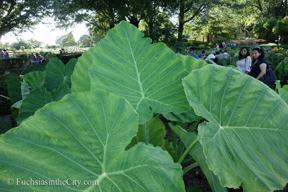
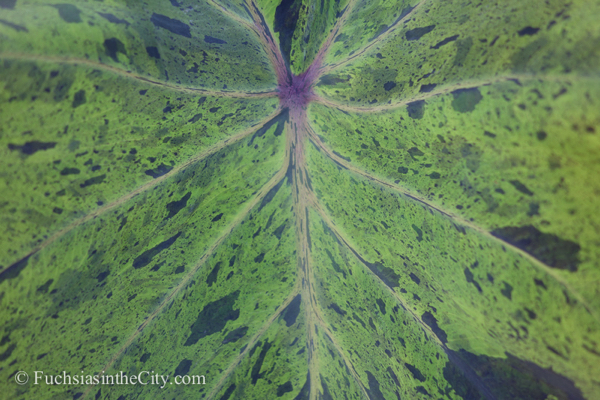
Colocasia esculenta ‘Mojito’
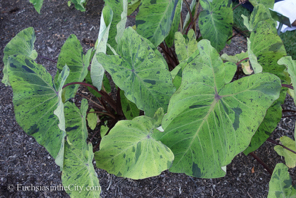
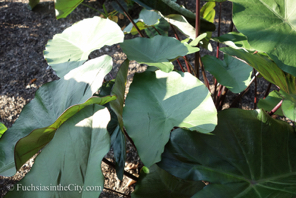
Above left. Colocasia esculenta ‘Mojito’; above right, Colocasia esculenta ‘Blackwater’.

Colocasia esculenta ‘Blackwater’.

Colocasia esculenta ‘Blue Hawaii’.
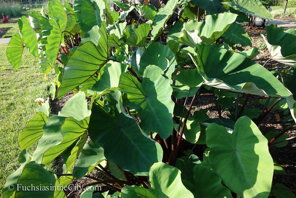
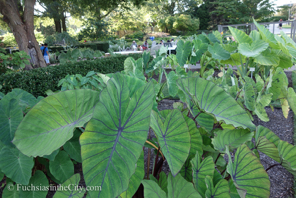
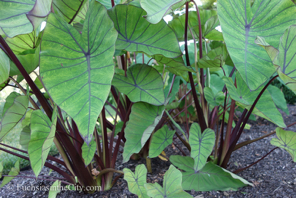
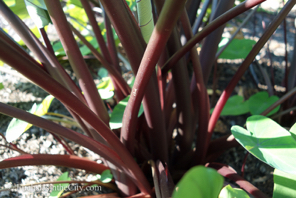
Upper left and lower right, Colocasia esculenta ‘Sangria’; lower left and upper right, Colocasia esculenta ‘Blue Hawaii’.

Colocasia esculenta ‘Hawaiian Punch’.
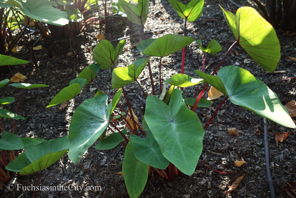
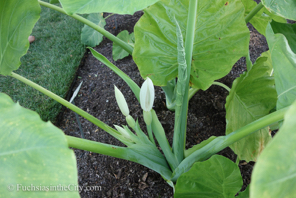
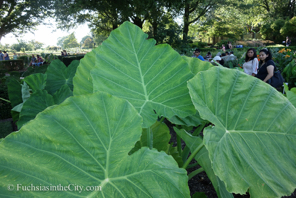

Upper left, C. esculenta ‘Hawaiian Punch’; upper right and lower left, flowers and leaves of C. gigantea ‘Thailand Giant’; lower right, red-stemmed form of C. esculenta.
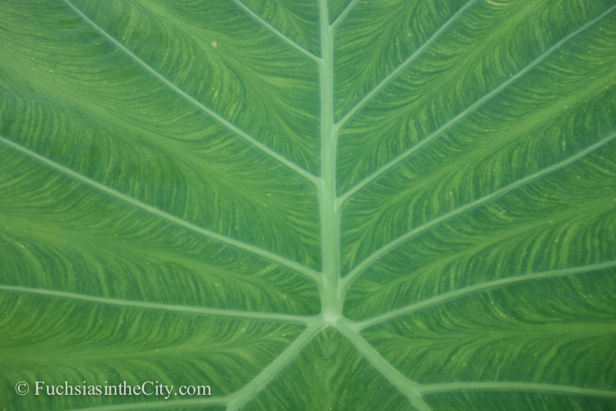
Colocasia gigantea ‘Thailand Giant’
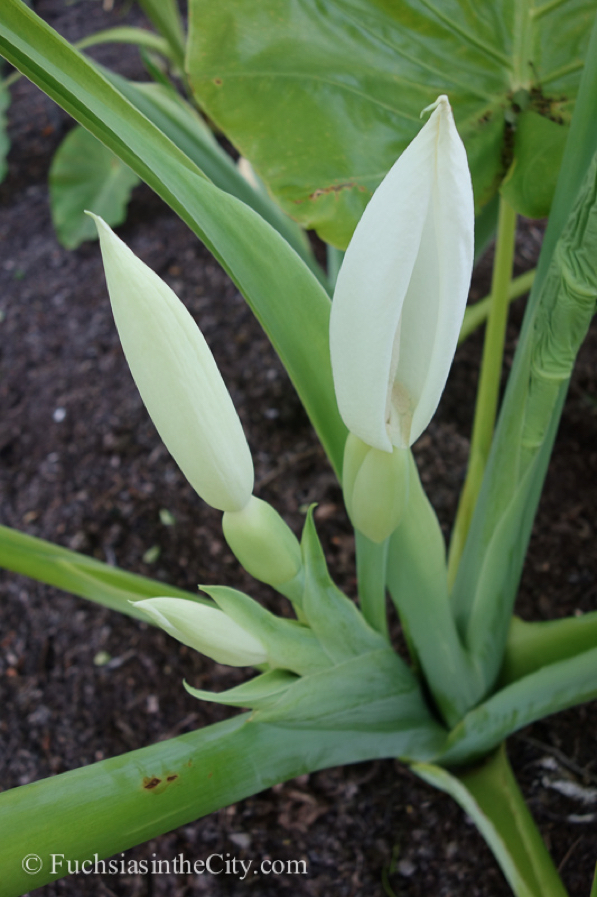
Flowers on Colocasia gigantea ‘Thailand Giant’.

Colocasia esculenta ‘Elepaio’.
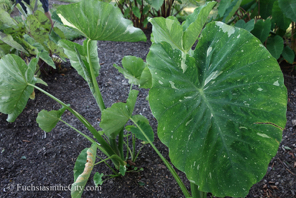

Above left, Colocasia esculenta ‘Elepaio’; above right, Colocasia esculenta ‘Illustris’
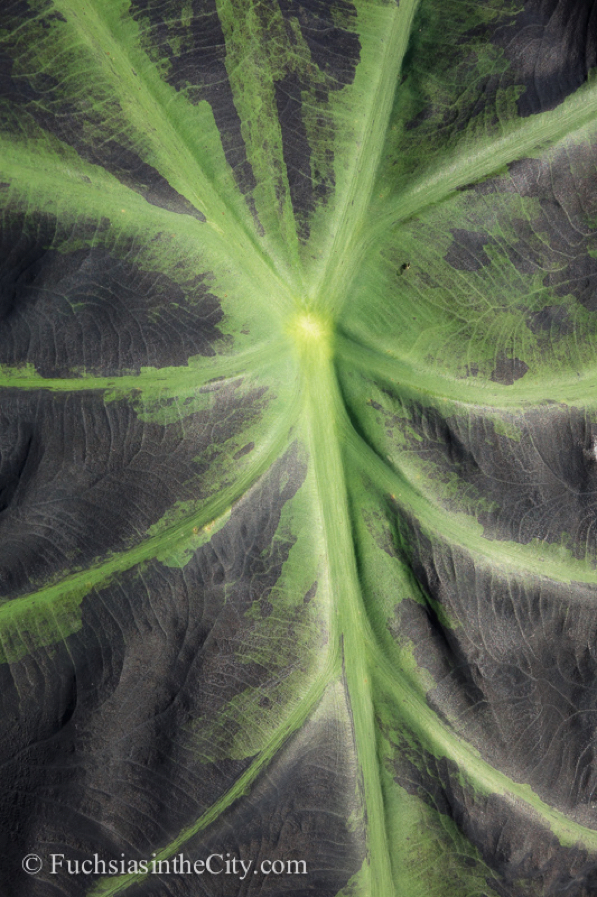
Colocasia esculenta ‘Illustris’
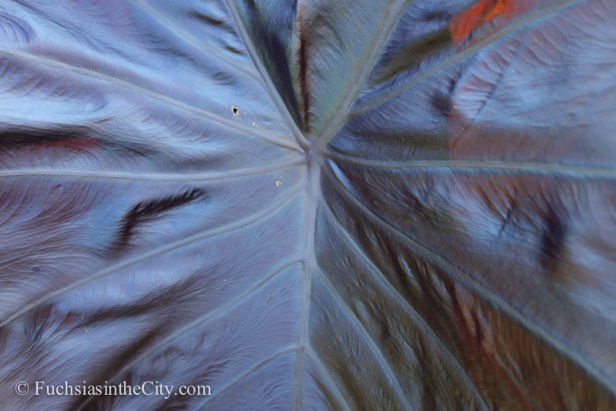
Colocasia esculenta ‘Black Coral’.
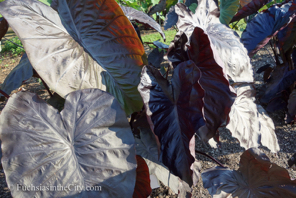

Above left, Colocasia esculenta ‘Diamond Head’; above right, Colocasia ‘Coffee Cups’.
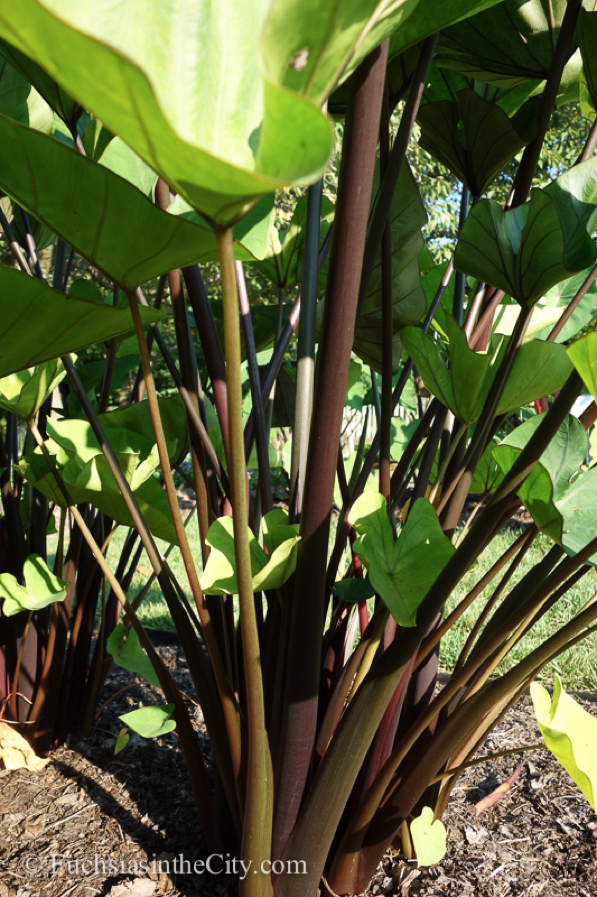
Colocasia ‘Coffee Cups’.
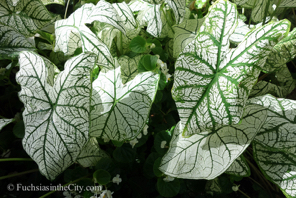
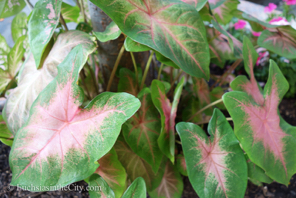
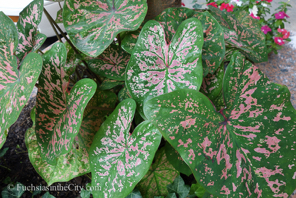

Beautiful but really too big? Caladiums trade the bold proportions of Colocasia escalata for even more colorful leaves. They’re close relatives of elephant ears but rise to only two feet and less. A better-sized match to my small garden, they have the added attraction of preferring the shade.
The Fuchsia+Blog Tags — botanical gardens | ornamentals | plants
